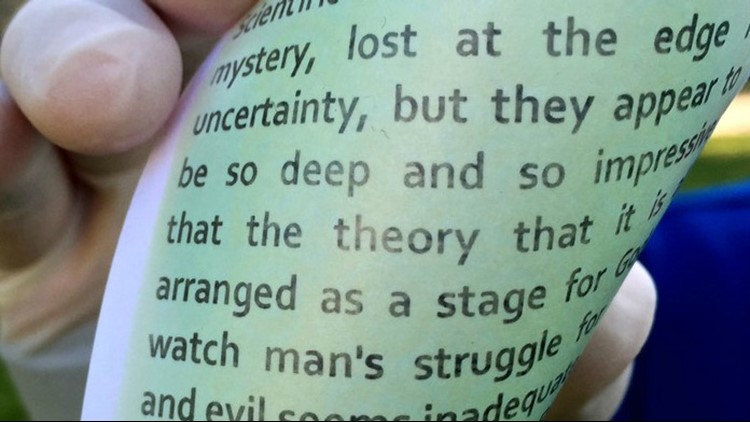Since its invention around 100 B.C. in China, paper as a material for spreading information has greatly contributed to the development and spread of civilization. Even in today’s information age, with electronic media omnipresent in homes, offices and even our pockets, paper still plays a critical role. ![]()
Our brains process information differently on paper and on screen. Information presented on paper involves more emotional processing and produces more brain responses connected with internal feelings. That can make printed material more effective and more memorable than digital media. Of course, paper is still in common use, and global consumption is expected to grow.
But paper use comes with significant environmental and sustainability problems. For many years, scientists have worked to develop reading media that have the format of conventional paper but can be reprinted without first having to be industrially recycled. One promising option has been to coat paper with a thin film of chemicals that change color when exposed to light. But previous efforts have encountered problems such as high cost and high toxicity – not to mention difficulty both remaining readable and being erased for reuse.
My research group at the University of California, Riverside, in collaboration with Wenshou Wang at Shandong University in China, has recently developed a new coating for regular paper that needs no ink, and can be printed on with light, erased and reused more than 80 times. The coating combines the functions of two types of nanoparticles, particles 100,000 times thinner than a piece of paper; one particle is able to get energy from light and initiates color change of the other. This represents an important step toward the development of reprintable paper.



